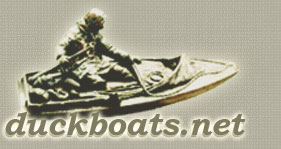Phil Nowack
Well-known member
Has anyone here done a comparison in the actual performance between Hevi shot (12g/cc...or the original was, but now looks to be 9.8g) and ITX 13(13g/cc)? HS is not consistently shaped... ITX is. ITX cost less... I know that the math says that ITX should hit as hard or harder that HS (when all other things are equal). Before I invest any money, or more time thinking about this, I was just wanting some real world experience. To further complicate and confuse. If the current HS Duck is really 9.8, I will ask the same question about comparing it to ITX10.
I am looking at loading 12 g in 2 3/4" or 3" with #6 ITX.... possibly #4... by my line of thinking, there would be more pellets in the pattern(if it patterns well) and harder hitting pellets than using #2 or #3.
For the smart asses out there... (you know who you are)? Please do not say it is not needed... or just spend more time at the range ? blah blah blah.. That is not the question being asked.
I am looking at loading 12 g in 2 3/4" or 3" with #6 ITX.... possibly #4... by my line of thinking, there would be more pellets in the pattern(if it patterns well) and harder hitting pellets than using #2 or #3.
For the smart asses out there... (you know who you are)? Please do not say it is not needed... or just spend more time at the range ? blah blah blah.. That is not the question being asked.
